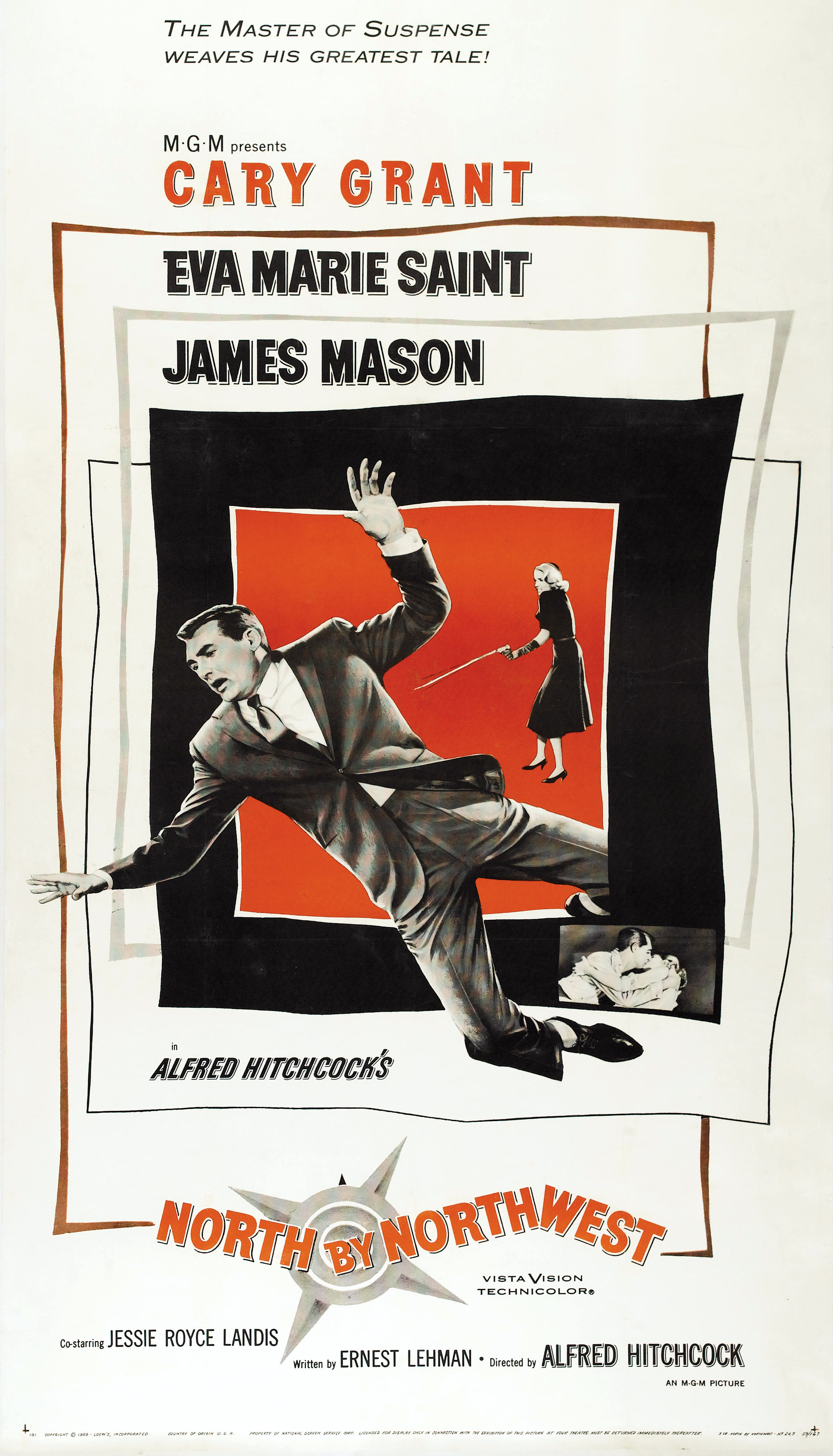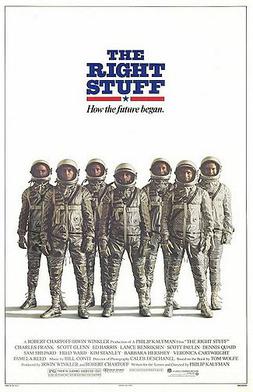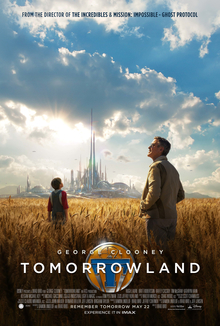 |
| James Cagney and Anita Louise in A Midsummer Night's Dream |
Demetrius: Ross Alexander
Hermia: Olivia de Havilland
Helena: Jean Muir
Bottom: James Cagney
Flute: Joe E. Brown
Oberon: Victor Jory
Titania: Anita Louise
Puck: Mickey Rooney
Quince: Frank McHugh
Snout: Hugh Herbert
Snug: Dewey Robinson
Theseus: Ian Hunter
Hippolyta: Verree Teasdale
Director: Max Reinhardt, William Dieterle
Screenplay: Charles Kenyon, Mary C. McCall Jr.
Based on a play by William Shakespeare
Cinematography: Hal Mohr
Art direction: Anton Grot
Music: Erich Wolfgang Korngold
Costume design: Max Rée
Choreography: Bronislava Nijinska
The spirit that animates this version of A Midsummer Night's Dream is not that of William Shakespeare but Felix Mendelssohn. Shakespeare's text has been trimmed to a nubbin and hashed up by the "arrangers," Charles Kenyon and Mary C. McCall Jr., and it's gabbled by the all-star cast. Strangely, Olivia de Havilland and Mickey Rooney are the worst offenders, and they are the only members of the cast of Max Reinhardt's celebrated 1934 Hollywood Bowl production who made it into the movie. De Havilland delivers her lines with heavy emphasis on seemingly random words and with odd pauses, while Rooney punctuates every line with giggles, chortles, and shrieks that affect some viewers like fingernails on a chalkboard. Nobody in the cast seems to be aware that they're speaking verse. Fortunately, the decision was made to use the Mendelssohn overture and incidental music (along with snippets of other works by Mendelssohn), and to have it orchestrated by Erich Wolfgang Korngold. The result is an opulently balletic version of the play, taking advantage of what can be done in movies that can't be done on stage. Is it good? Maybe not, but it's much more fun than the stodgily reverent version of Romeo and Juliet (George Cukor, 1936) that MGM came up with the following year. Casting James Cagney as Bottom/Pyramus and Joe E. Brown as Flute/Thisby was a masterstroke, and if they had been directed by someone with a surer sense of American comic idiom than Reinhardt, the Viennese refugee from Hitler who spoke very little English (Dieterle acted as interpreter), the results would have been classic -- as it is, they're just bumptious fun. Much of the design for the movie is sheer camp, reminiscent of the twee illustrations for children's books in the early 20th century. But there is a spectacular moment in the film when Oberon gathers the fairies, gnomes, and bat-winged sprites to depart, under a billowing black train that sometimes resembles smoke. The cinematography by Hal Mohr won the only write-in Oscar ever granted by the Academy.







